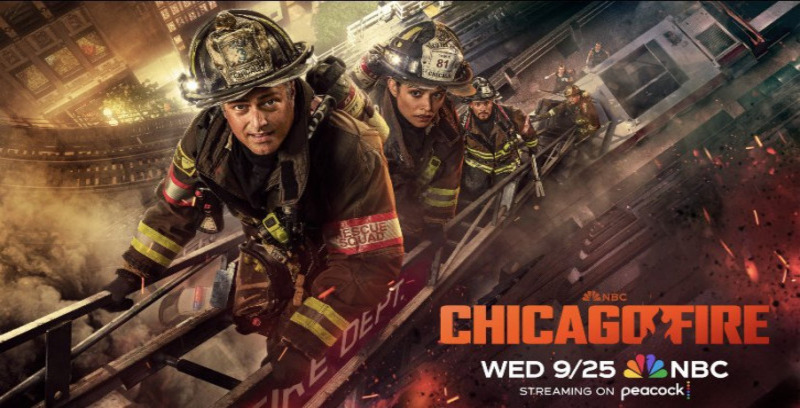Thanks to Perlnoir for the heads up.
When “CSI: NY” returns with new episodes on Friday night, Detective Mac Taylor (Gary Sinise) takes us through a history lesson of a major crime from 1957 when a present-day lab tech is murdered in case that closely parallels what is known as the Lana Gregory Murder.
“I am always fascinated with history, cold cases and the Black Dahlia,” says Executive Producer Pam Veasey, who wrote the episode. “We created a case in New York City that has history and notoriety. When somebody recreates it, we travel back to see how it connects.”
Veaasey’s inspiration for the story came from her personal fascination with a photojournalist named Weegee — the pseudonym of Arthur Fellig — who worked as a press photographer during the 1930s and ’40s in New York City.
“I wanted to recreate that kind of vision, so it is picturesque,” Veasey continues. “It is that one mystery that nobody has ever solved.”
You have compared this to the Black Dahlia. Is it at all based on a real unsolved case?
It really started with me seeing this photo of the Human Head Cake Box Murder, which was taken by Weegee, a famous photographer in New York City. I was so taken by the composition, the look of the photo and the period it went back to and, because it was an unsolved case, I was wondering what it was about. Then I looked at more crime scene photos from the past. You sort of think that crime scene photos only exist in your world, but they took them back then. There are these looks on their faces … the Black Dahlia was that way, although that was pretty gruesome if you look that crime scene photo up. I was taken by the composition and the mystery in the story. I looked at the photo, thinking, “What is this about? What is the history and the mystery behind this?” So that is what really inspired me, but when I started to get into the period, how far ago the murder was, I got totally hooked on the ’50s and the cars and the clothing. I was really excited about that. The one thing that is so beautiful about New York that isn’t like most cities is what was built in New York still stands. That brownstone can still be there. In L.A., things are torn down and moved over, but in New York, they are still there. So much has happened on someone’s doorstep before they moved in. How many lives have gone in and out of those doors? They may renovate them, but that is still the same foundation.
Source: Full Interview@xfinity
Streaming Options
Sign Up for the SpoilerTV Newsletter where we talk all things TV!
Recommendations
Subscribe to:
Post Comments (Atom)












